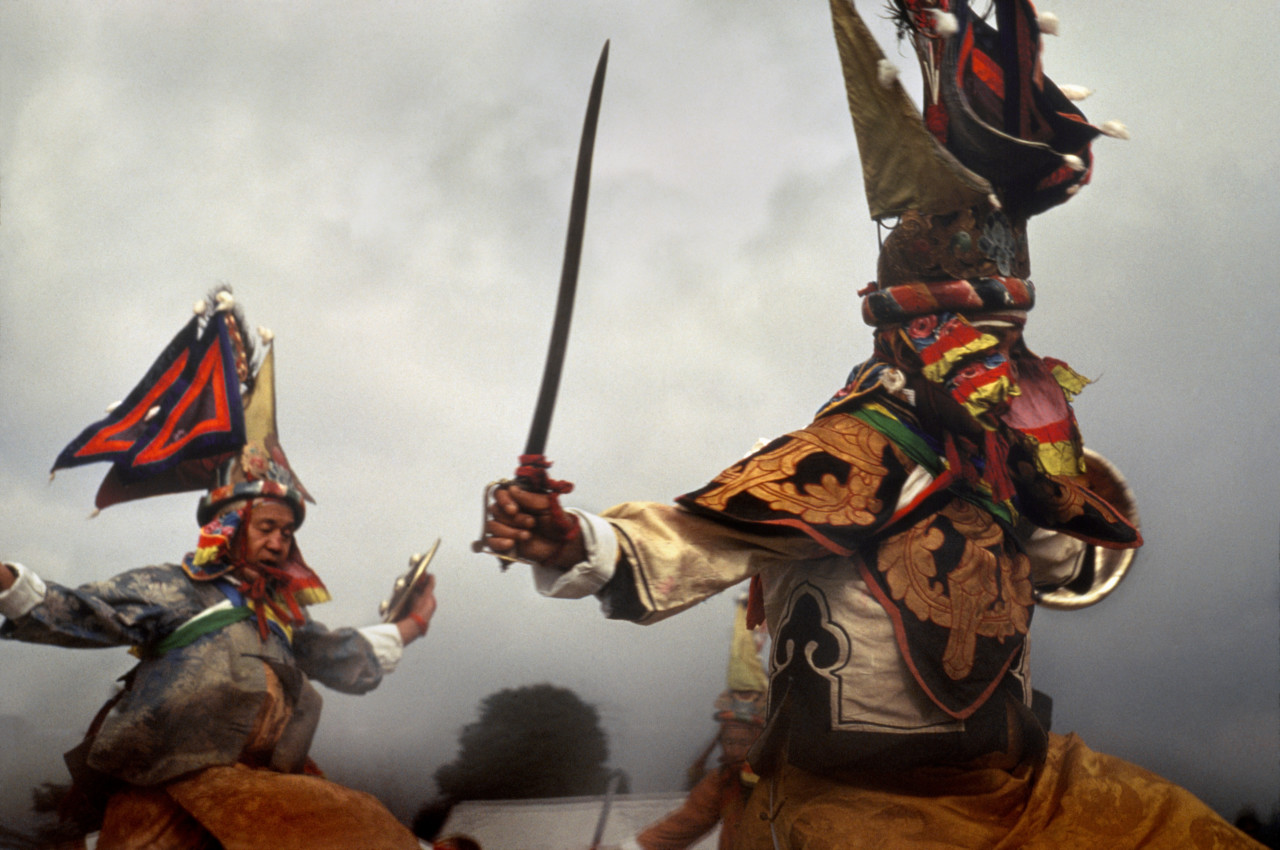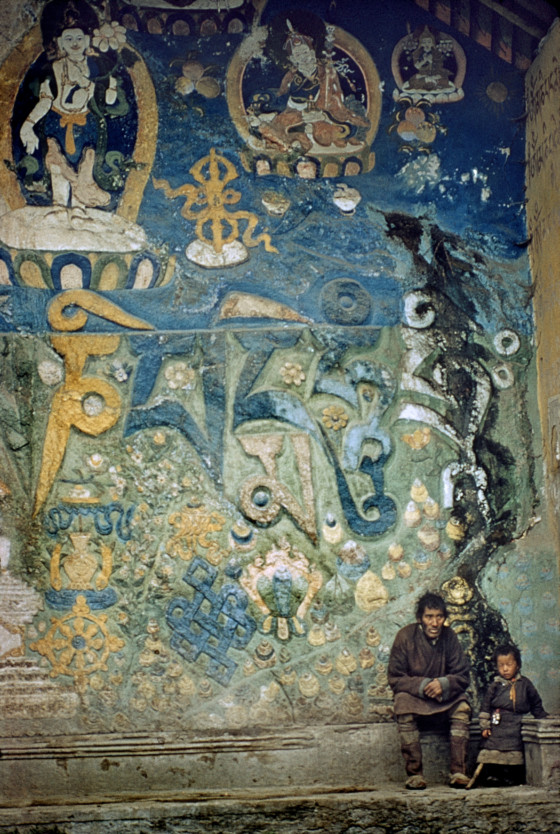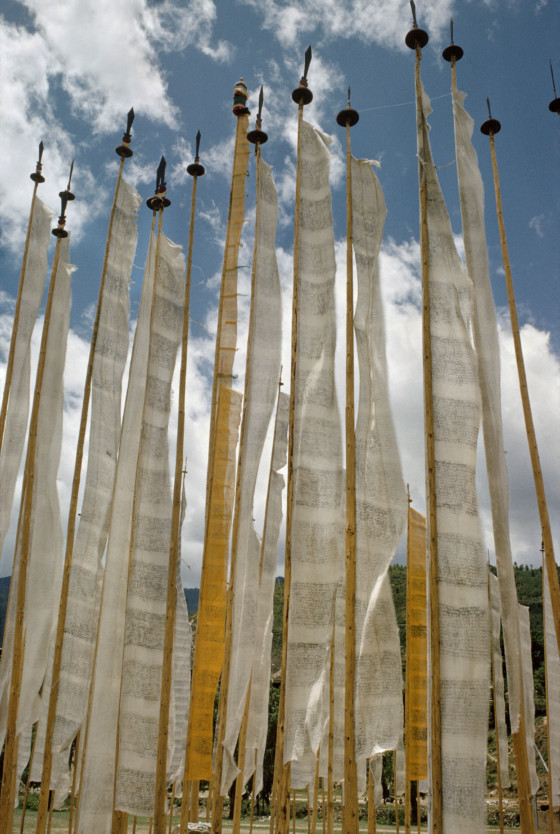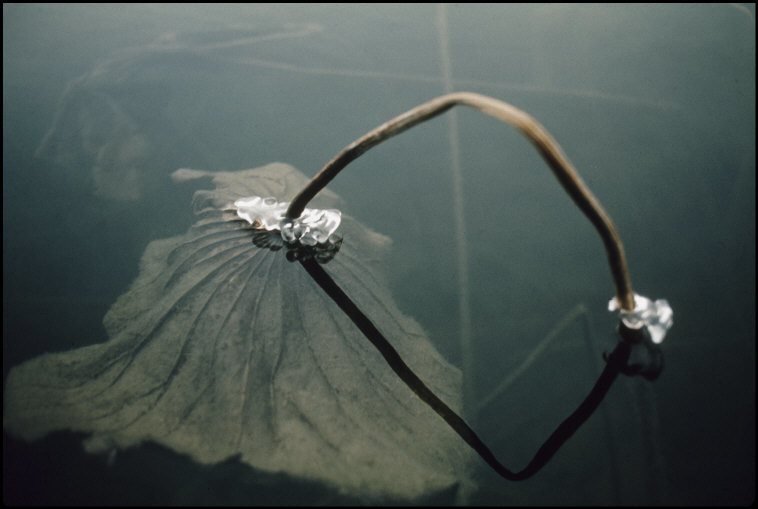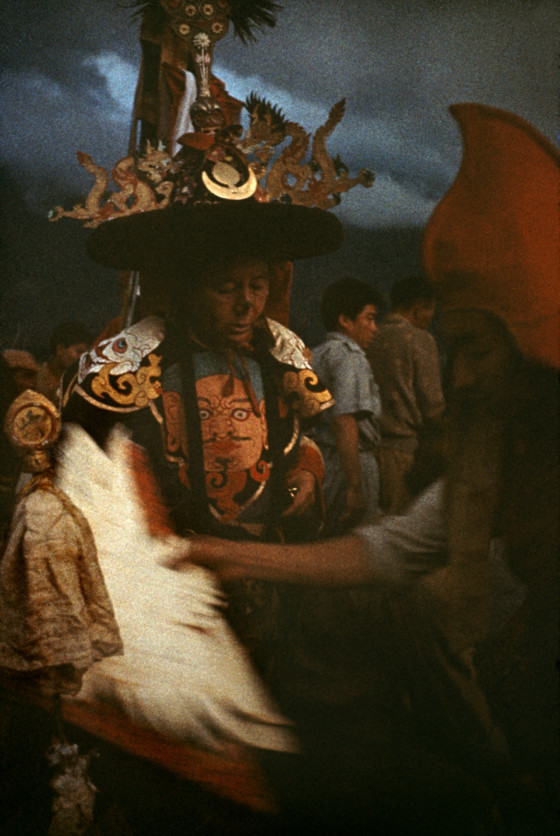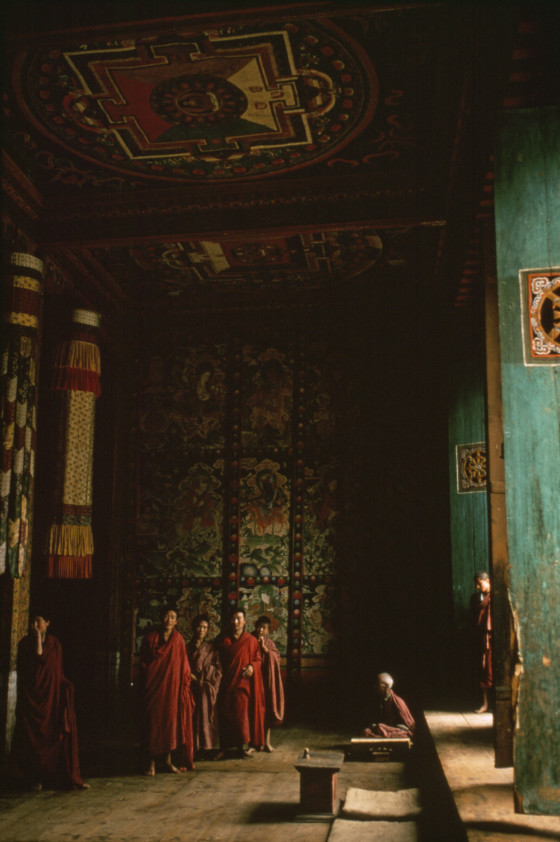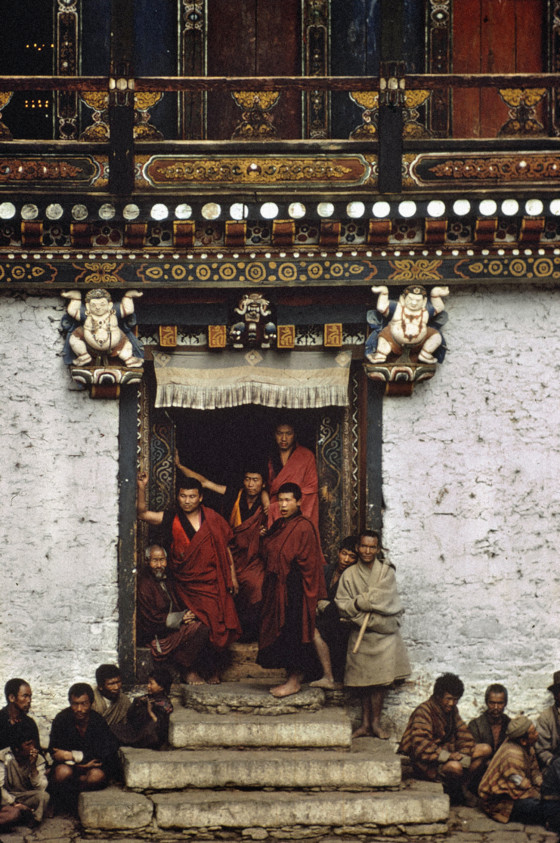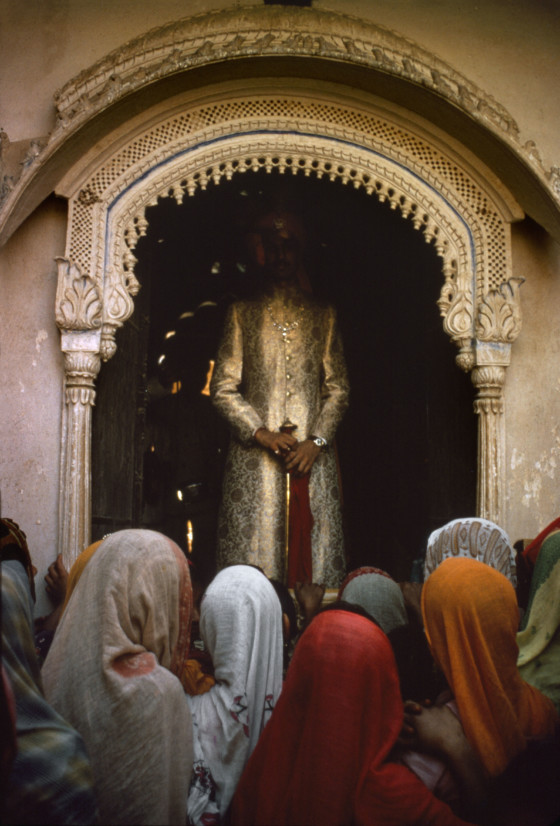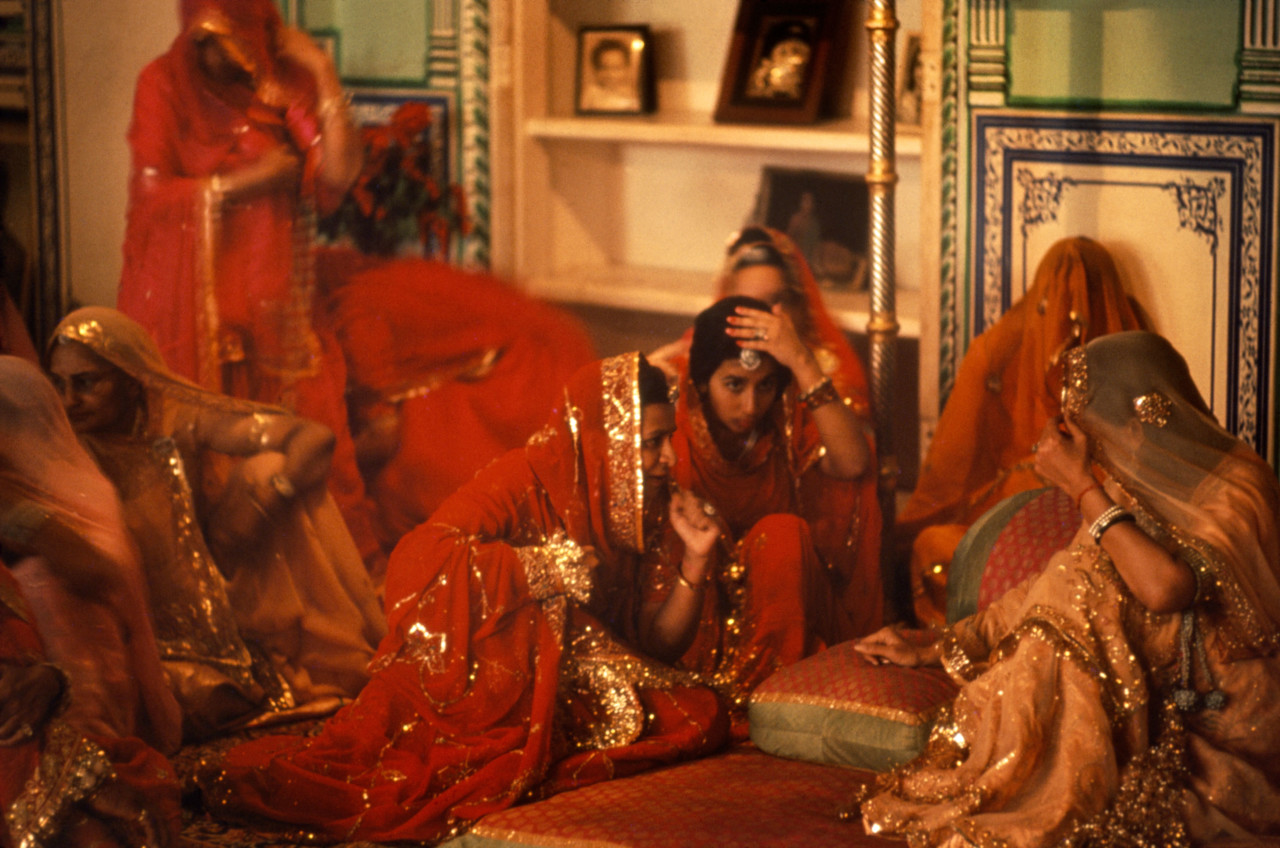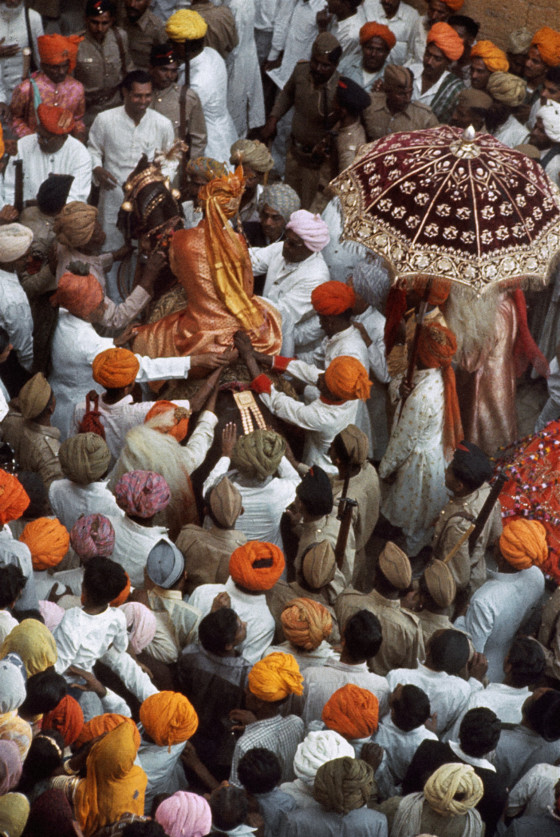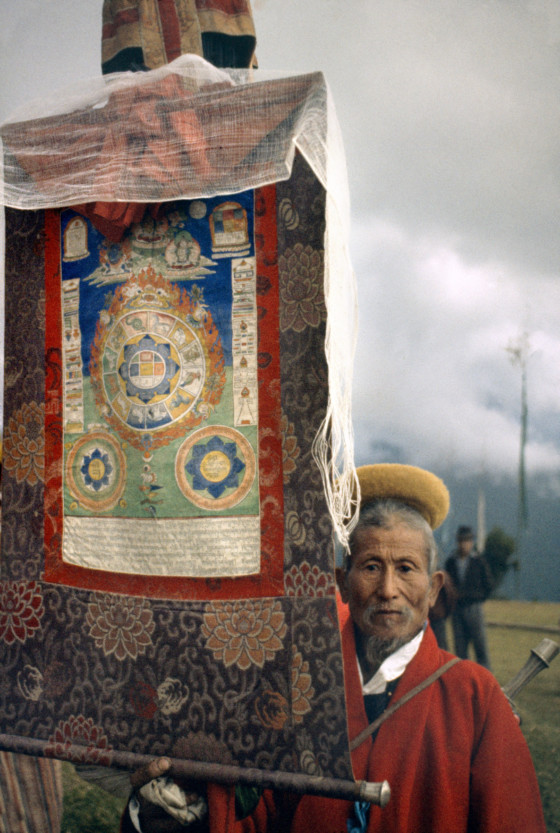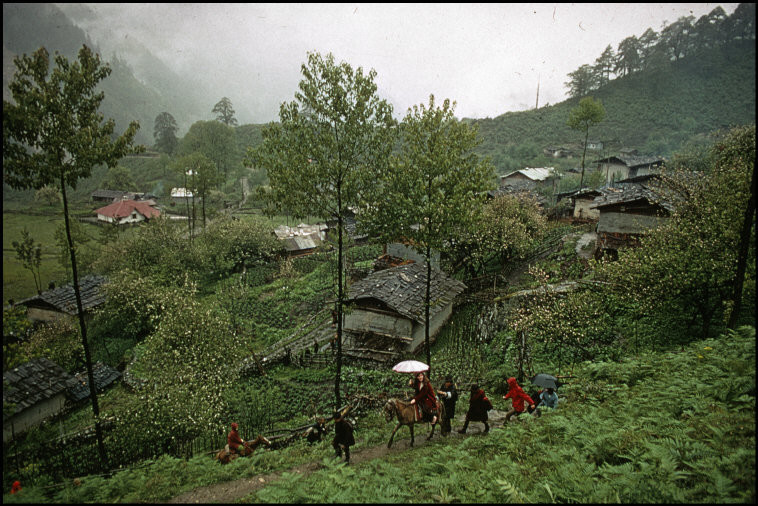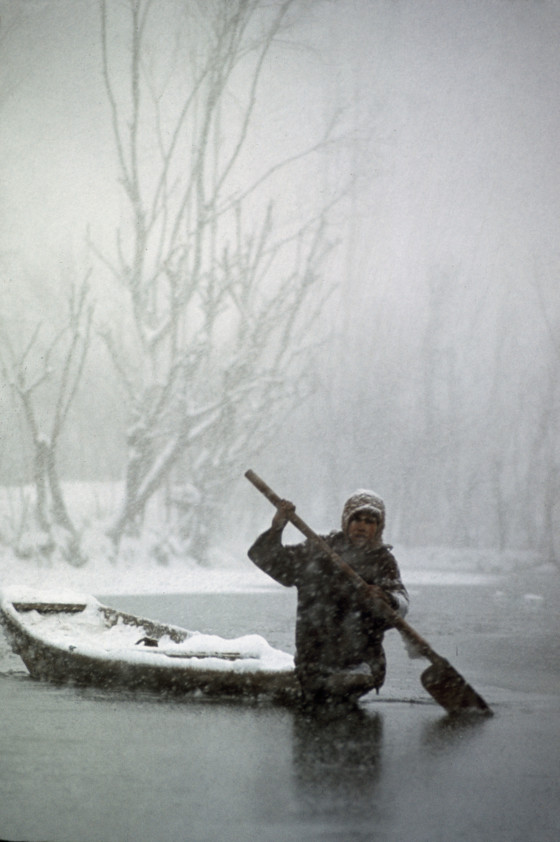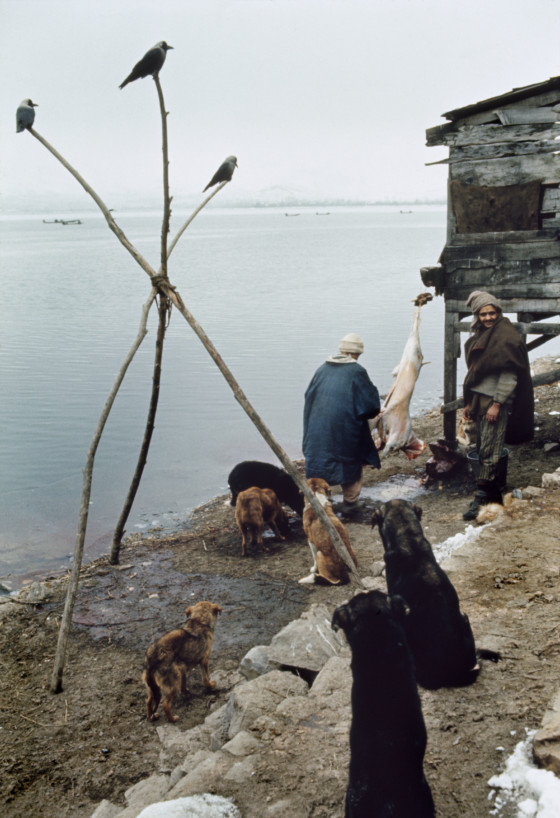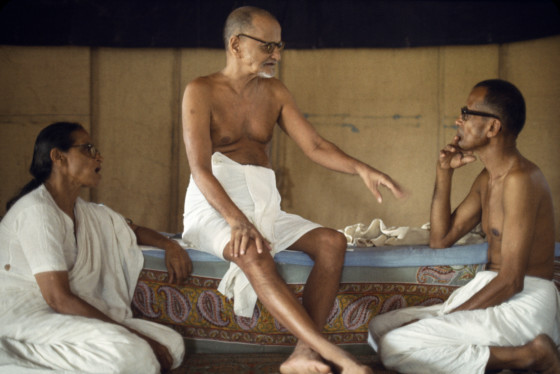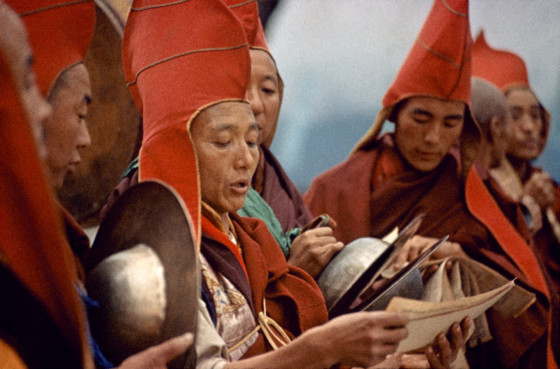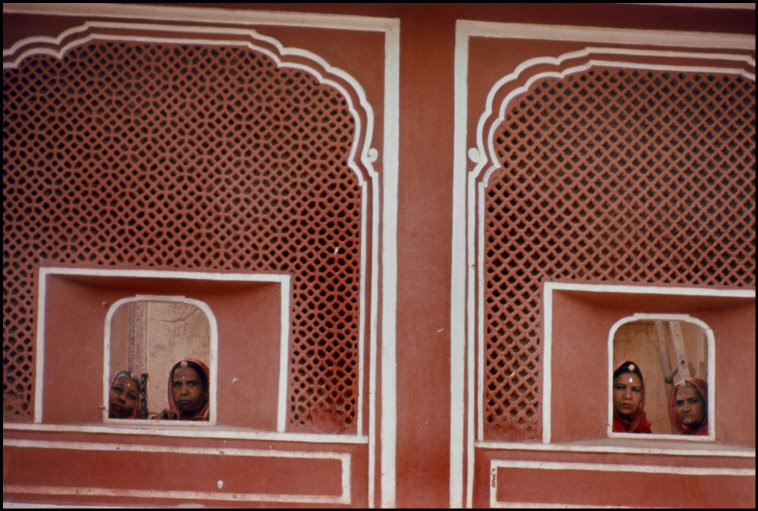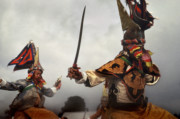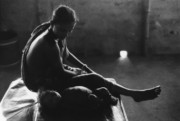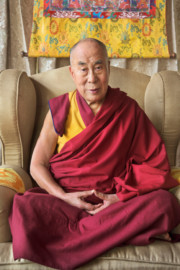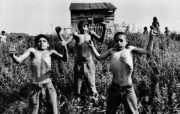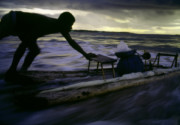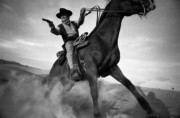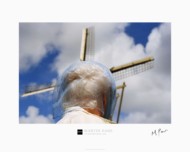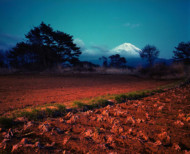Ocean of Life: Visions of India and the Himalayan Kingdoms
Marilyn Silverstone’s photo-book captures the rich cultures of India and the Himalayan Kingdoms, which she would eventually go on to fully immerse herself in
Capable of both bearing witness and bringing awareness to moments in history, photography can also exploit them; a dynamic that Marilyn Silverstone sought to reconcile on a personal level throughout her whole career. Regarding this moral conflict, she famously wrote: “You know how to take a picture to please them back home”. Her book, the Ocean of Life, is both a documentation of Eastern cultures and her personal journey through them. It encapsulates Silverstone’s aim of finding a way to photograph her subjects, many of them plagued by poverty, without capitalizing on them. Ultimately the people and ideas she encountered, whilst traveling, had a profound impact on her and Silverstone fully immersed herself in Buddhism; abandoning photojournalism for the life of a Buddhist nun in 1977.
"I went to India in 1959 for what was meant to be four months and stayed for fourteen years"
-
Becoming a full member of Magnum in 1967, she was one of the first five women to join the agency along with Eve Arnold, Martine Franck, Susan Meiselas and Inge Morath. Silverstone had begun photographing professionally in 1955, traveling from her home in Scarsdale, New York, to Asia, Africa, Europe, Central America and the Soviet Union. It was however on a trip to India in 1959 that she discovered the place that would consume her work for the next decade and a half: “I went to India in 1959 for what was meant to be four months and stayed for fourteen years”. Based in New Delhi, she travelled throughout the region and the neighboring Himalayan kingdoms of Sikkim, Bhutan and Nepal, gaining access to places very few Westerners were permitted or able to visit.
Silverstone’s photographs do not, however, embody any of the voyeurism or detachment potentially afforded by her position. Instead they offer a profound and poignant record of the Indian and Himalayan experience that she immersed herself in. Indeed, Ocean of Life was conceived of as a means of communicating a sense of the Buddhist traditions that permeated this region to people who would never experience them. Striking color photographs, interspersed with quotes from traditional songs and sutras, channel a strong sense of the beauty and spirituality of the places that Silverstone encountered.
"You cannot take part in anything and photograph it. You cannot participate and photograph"
-
Her photographs take us on a journey through the vivid colors of New Year ceremonies in Sikkim and the lofty interiors of Dzongs in Bhutan, conveying a sense of their fortress-like structures housing religious and administrative centers. Blanketed in snow, images of Kashmir in the dead of winter present a record of the stillness of this region once the crowds of summer visitors depart. Lavish wedding ceremonies of Indian nobility in Jaipur and Rajasthan sit alongside portraits of important Buddhist figures, including one of Acharya Vinoba, the spiritual heir of Mahatma Gandhi, at an Ashram. Her photographs capture the diversity of this region, undercut by a sense of the spiritual foundations that unify them.
"I can say that I did it all"
-
Silverstone was however adamant that: “You cannot take part in anything and photograph it. You cannot participate and photograph”. Following the death of her partner, the eminent journalist and editor Frank Moraes, she returned to Nepal to fully participate in what had been her photographic subject-matter for almost two decades. A transformation that had been taking place over the many years she had spent exploring the continent, Silverstone became an ordained nun with the name of Ngawang Chodron and devoted the rest of her life to striving in the practice of Dharma. In this way she achieved the unique perspective of both observing and participating in her subject-matter, writing, “I can say that I did it all.”
This story was also published in the book Magnum Stories, published by Phaidon. A very limited number of copies of Magnum Stories are available from the Magnum Shop, signed by Magnum photographers.


